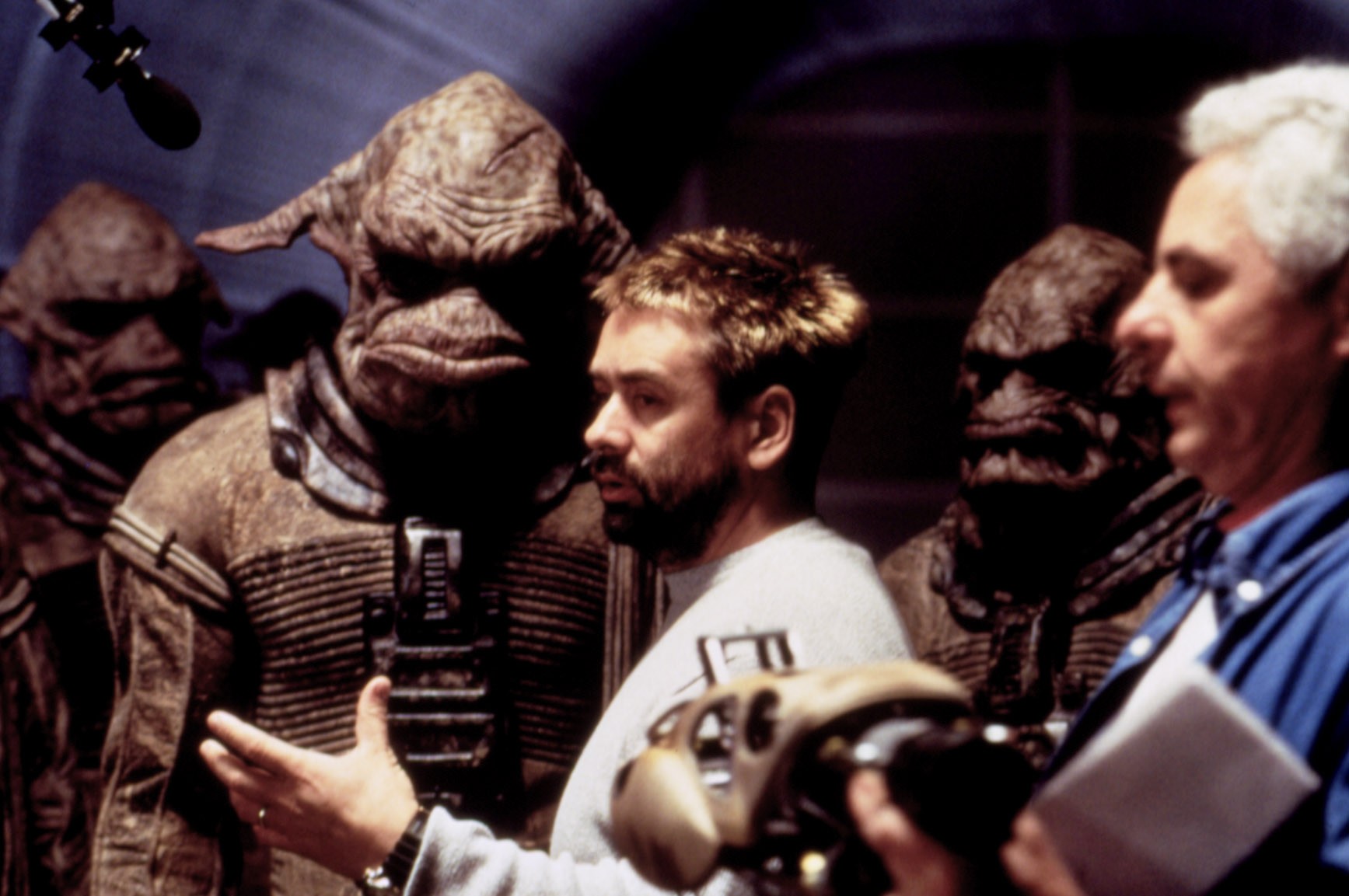ROBERT SIEGEL, HOST:
Over the past four baseball seasons, the Los Angeles Dodgers have spent around a billion dollars on their players. That’s more than any other team. And they haven’t had much to show for it. Their playoff appearances always seem to come up short. Well, this year things look different. Just past the halfway point in the season the Dodgers have the best record in baseball, and they are on a remarkable hot streak. I’m joined once again by Jonah Keri of CBS Sports and Sports Illustrated to talk about this. Hi, Jonah.
JONAH KERI: How are you, Robert?
SIEGEL: And first, how good are the Dodgers this year?
KERI: Phenomenal. This is maybe my favorite stat, I don’t know, maybe ever. I love this. Since June 7 – so that’s a long time, this is almost a month and a half – they have lost one game to a National League team. One loss against a National League team since June 7 – remarkable. They’ve been phenomenal this season.
SIEGEL: It’s not as though they’ve lacked expensive players before. What’s different this year for the Dodgers?
KERI: You know, ironically, it’s not the expensive players that are doing the job. Clayton Kershaw certainly makes a lot of money, but he was a homegrown guy. It wasn’t like he was some sort of, you know, gun for hire. But it’s really their homegrown guys making basically nothing who are just doing great. You look at Corey Seager, who’s their terrific young shortstop. He’s fantastic. He was the rookie of the year last season. You look at Cody Bellinger, he’s the odds-on favorite to win the rookie of the year this year. He might hit 45 home runs. He’s been phenomenal.
And then somebody who doesn’t even get talked about that much in maybe broad circles, but a guy named Alex Wood who was acquired in a three-way trade. And he’s 11 and 0. He’s gotten an ERA in the ones. By the advanced stats he’s been phenomenal. A really great addition to the staff, too. So those are three focal points. And combined they’re making, you know, a couple million dollars, next to nothing in baseball terms.
SIEGEL: Now, I should say this for people who don’t know. Of course, Clayton Kershaw, the great left-handed starting pitcher for the Dodgers, may be the best pitcher in baseball these days.
KERI: Better than Koufax in my opinion.
SIEGEL: Hey, let’s watch it, Jonah. No, never mind. Won’t be getting…
KERI: (Laughter).
SIEGEL: In the other league, the American League, the team with the best record are the Houston Astros. They’ve also been a remarkable club for the past couple years.
KERI: They sure have. And that’s really just a total tear-down. There was such despair, honestly, in Houston for a while. Three seasons in a row with 100 or more losses. This one kills me. They had local television ratings multiple times – this is true – of 0.0, imperceptible television ratings. It was really a disaster for the Astros. And this was because instead of kind of easing into it and maybe we’ll trade this veteran, I mean, they went scorched earth on this thing. They got rid of anything that wasn’t basically bolted to the floor.
But now you’re starting to see the fruits of it. It’s all come together to create a magnificent team and, frankly, one that’s built to last. The core is still very young. Whatever Houston does this year, we could see them back in or near the winner’s circle in 2018, 2019 and so on.
SIEGEL: Well, it’s only mid-July, so how much does the success of the Dodgers in the National League or the Houston Astros in the American League – how well does that track with getting to the World Series and winning the World Series?
KERI: The thing about baseball you always have to remember is it’s quite different than let’s say basketball, for example. At the beginning of the basketball season you can come into it and if you flew in from Mars you would say, you know what? I think the Cavaliers and the Warriors are going in the NBA championship. And you’re right. That’s exactly what happened.
Baseball does not work that way. 2016 was an aberration. The Chicago Cubs, who were clearly the best team all year long, ended up winning the World Series. Usually the team with the best record does not win the World Series for various and sundry reasons. Number one, you have to go through multiple rounds. Number two, baseball is a game that you see things even out over time, but in small samples there can be kind of bumpy results.
A ball hits a pebble. Clayton Kershaw, who is a pitching god, suddenly can’t pitch that well in the playoffs. These things happen. So yes, the Dodgers and the Astros are clearly the two best teams. You would consider them the favorites to go to the World Series. But all kinds of stuff can happen between now and then.
SIEGEL: Jonah Keri of CBS Sports and Sports Illustrated. Thanks.
KERI: Thank you, Robert.
(SOUNDBITE OF ANDREW BIRD SONG, “TRUTH LIES LOW”)
Copyright © 2017 NPR. All rights reserved. Visit our website terms of use and permissions pages at www.npr.org for further information.
NPR transcripts are created on a rush deadline by Verb8tm, Inc., an NPR contractor, and produced using a proprietary transcription process developed with NPR. This text may not be in its final form and may be updated or revised in the future. Accuracy and availability may vary. The authoritative record of NPR’s programming is the audio record.









